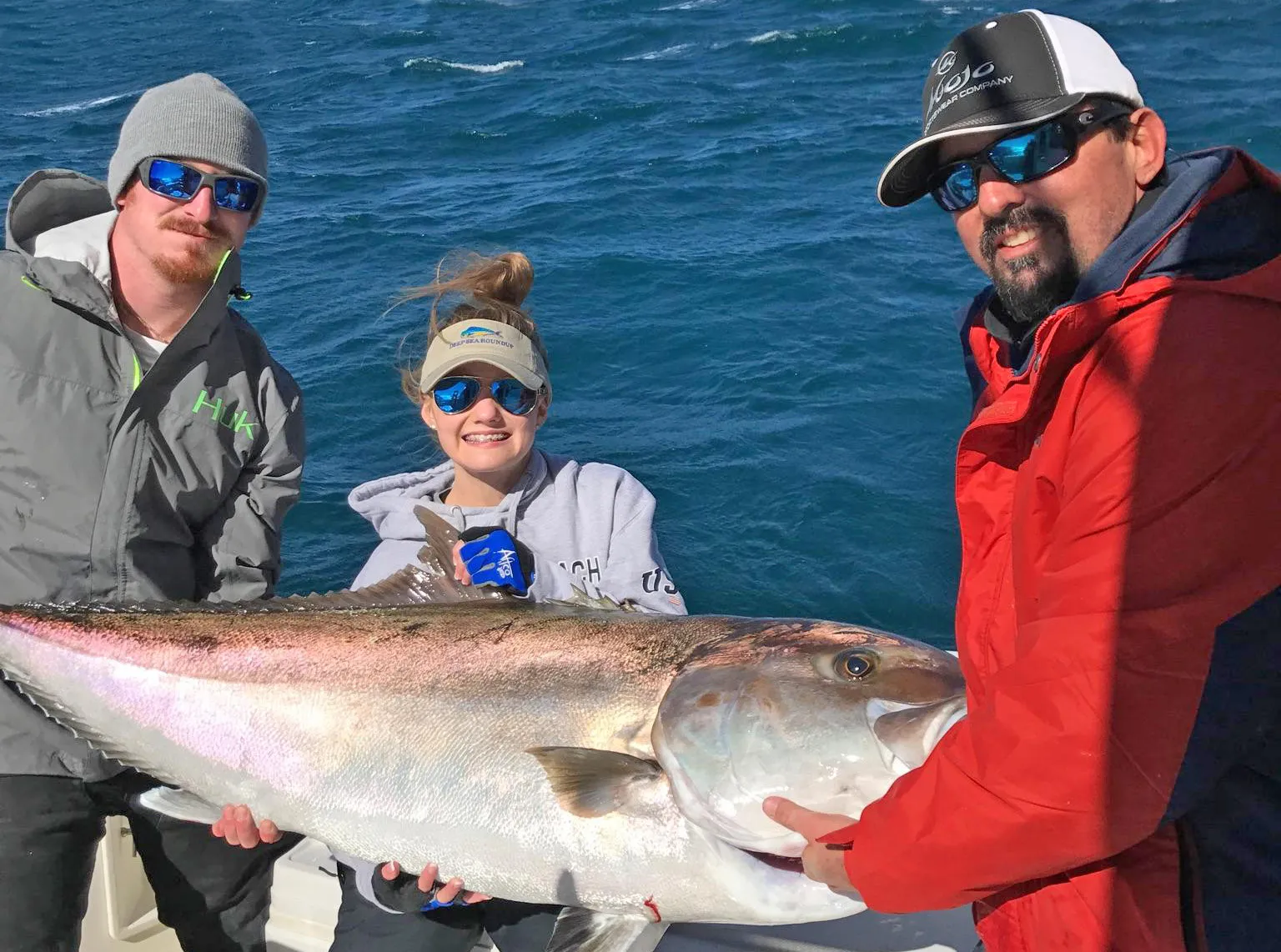This big Jackfish was caught by Arthur Toscano at the Port Aransas jetty in May, 2005. Jackfish or Jack Crevalle is one of the hardest fighting fish that swims. These fish are hard-fighting but not very good on the plate. But man they will give your arms a workout.
Where Can We Catch It?
Big Jackfish inhabit a wide range of environments across the globe. They thrive in warm, tropical waters. Their habitats include the Indian Ocean, Pacific Ocean, and the Red Sea. Many anglers seek these fish in coastal areas, around reefs, and near islands. They prefer shallow waters near coral reefs, rocky shores, and estuaries.
Popular Fishing Locations
- Australia: The Great Barrier Reef and the northern coastlines are prime spots.
- Hawaii: Coastal waters around the islands offer excellent opportunities.
- Southeast Asia: Countries like Thailand, Indonesia, and Malaysia have rich fishing grounds.
- Africa: Coastal regions of Kenya, Tanzania, and Mozambique are notable.
- Middle East: The waters around Oman and the Persian Gulf are known for large Jackfish.
Big Jackfish tend to migrate based on water temperature and food availability. During summer, they move closer to shore, making it easier for anglers to catch them. Winter months may see them venturing into deeper waters. Their presence in both saltwater and brackish environments makes them accessible to a variety of fishing enthusiasts.
Is It a Common Catch?
Big Jackfish are a popular target for anglers due to their size and fighting spirit. They provide a challenging yet rewarding experience. Their widespread distribution makes them accessible, but catching one still demands skill and perseverance.
In areas where Big Jackfish are abundant, they are a common catch. However, their elusive nature in certain regions can make them a rare prize. Coastal regions with rich marine ecosystems and strong currents are more likely to yield frequent catches. Fishing tournaments often highlight the Big Jackfish as a sought-after species, showcasing their popularity among sport fishermen.
Commercial Use
The Big Jackfish holds significant commercial value. It serves as a source of food, economic activity, and even tourism in various regions.
Big Jackfish are consumed in many coastal communities. Their firm, white flesh is versatile in cooking. Popular preparations include grilling, frying, and baking. In Southeast Asian cuisine, Jackfish are often used in curries and soups. Their large size makes them ideal for feeding larger groups, contributing to their popularity in commercial fishing.
Commercial fisheries target Big Jackfish for both domestic and international markets. The fish contribute to local economies by providing jobs in fishing, processing, and distribution. In some regions, Jackfish are sold fresh, frozen, or canned. The demand for this fish supports the livelihoods of many coastal communities.
Additional Facts
Big Jackfish, beyond their appeal to anglers and commercial value, possess intriguing characteristics and behaviors.
Physical Characteristics
- Size: They can grow up to 170 cm (67 inches) in length.
- Weight: Some individuals weigh over 80 kg (176 lbs).
- Appearance: Silver-grey with a strong, muscular build and a distinctive lateral line.
Behavior
- Big Jackfish are known for their aggressive hunting techniques.
- They feed on smaller fish, crustaceans, and cephalopods.
- These fish often hunt in groups, displaying coordinated behavior.
- Juvenile Jackfish inhabit shallow waters and mangroves, providing them with protection from predators.
Conservation Status
While not currently endangered, Big Jackfish face threats from overfishing and habitat degradation. Conservation efforts focus on sustainable fishing practices and protecting vital habitats like coral reefs and mangroves.
Conclusion
Big Jackfish, with their impressive size, strength, and commercial value, hold a significant place in marine ecosystems and human economies. Their widespread distribution and challenging nature make them a favorite among anglers, while their culinary and economic importance underscores their value in coastal communities.

